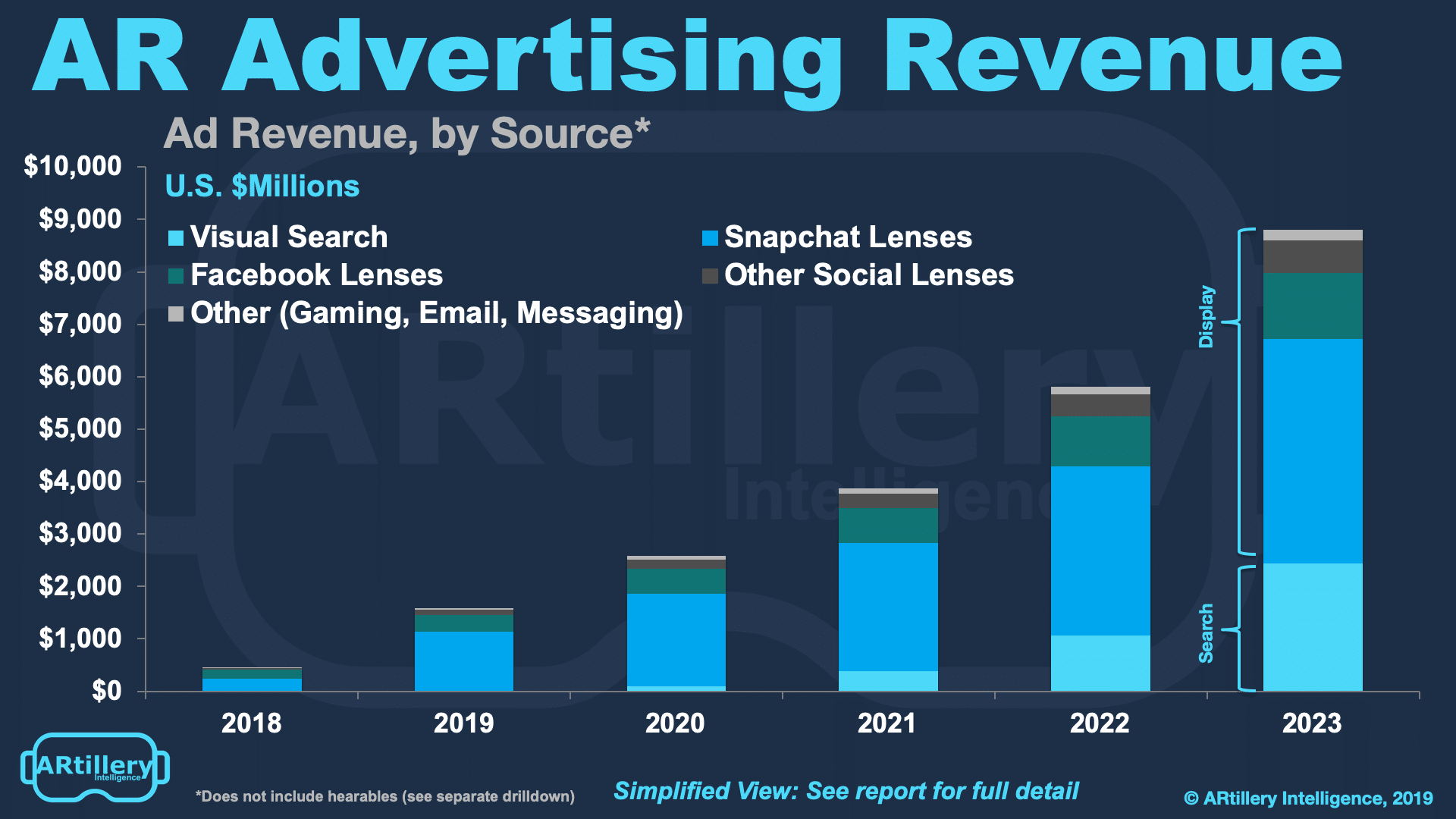
Data Point of the Week is AR Insider’s dive into the latest spatial computing figures. It includes data points, along with narrative insights and takeaways. For an indexed collection of data and reports, subscribe to ARtillery Pro.
Snap continues to lead the way in consumer AR as it double’s down on its camera-forward mission. Its latest move is to beef up developer tools with the launch of Lens Studio 2.1. It includes 14 new landmarkers and templates for human-centric lenses like hair color (full list here).
As part that launch, Snap revealed that 500,000 lenses have been created to date, and that the number of lens developers grew 20 percent during Q3. This joins recently-announced figures such as 15 billion cumulative lens views and 142 million daily active lens users.*
Though half a million lenses is the headline, the potentially more significant figure is the 20 percent rise in Snapchat developers. These developers are the lifeblood of Snap’s lens growth, as they create the content that fuels the network-effect of lens sharing throughout the social graph.

Importantly, what attracts those developers is a combination of capabilities in Lens Studio (hence the v.2.1 additions) and reach. The former provides tools to unlock their creativity, while the latter gives that creativity a place to go. It’s all about better ROI through distribution scale.
Beyond independent developers looking to reach larger audiences, brand advertisers want to do the same. And that creates demand for those developers to do contract work in creating branded lenses. As we examined recently, lens developers can make up to $40k per month.
All of the above continues to be propelled by validation for the potential reach of Snapchat lenses. And those numbers keep rolling in, such as the NFL’s recent disclosure that its Superbowl LII lens had more than 300 million impressions. That’s roughly equal to the population of the U.S.
This is important to embolden the ROI formula for AR advertising. The storyline was previously that lenses are effective at driving user engagement (product try-ons, conversions, etc.), but the reach is low. Now it’s evident that reach can indeed be achieved in lens-based AR advertising.

Of course, all Snapchat lenses don’t have the massive reach that the NFL can accomplish by driving Lens engagement from existing channels. But it’s a glimpse into what’s possible, and it indicates the audience sizes that can be reached — a key consideration for brand advertisers.
Panning back to an aggregate market level also provides some validation. Advertising is currently the largest AR revenue source according to our research arm ARtillery Intelligence. It pegs AR advertising at $453 million last year (mostly branded lenses), on pace for $8.8 billion by 2023.
Of course, AR ad formats and best practices are in early stages of their evolutionary path and will be a moving target. We’ll keep a close eye on it and report back what we see. There will be lots of opportunity gaps that break open as the sector twists around and takes shape.
* This figure is based on our math of the announced figure during Snap’s Q2 earnings call. The exact figure announced was that 70 percent of Snap’s 203 million daily active users engage lenses daily.
For deeper XR data and intelligence, join ARtillery PRO and subscribe to the free AR Insider Weekly newsletter.
Disclosure: AR Insider has no financial stake in the companies mentioned in this post, nor received payment for its production. Disclosure and ethics policy can be seen here.
Header Image Credit: Snap, Inc.
